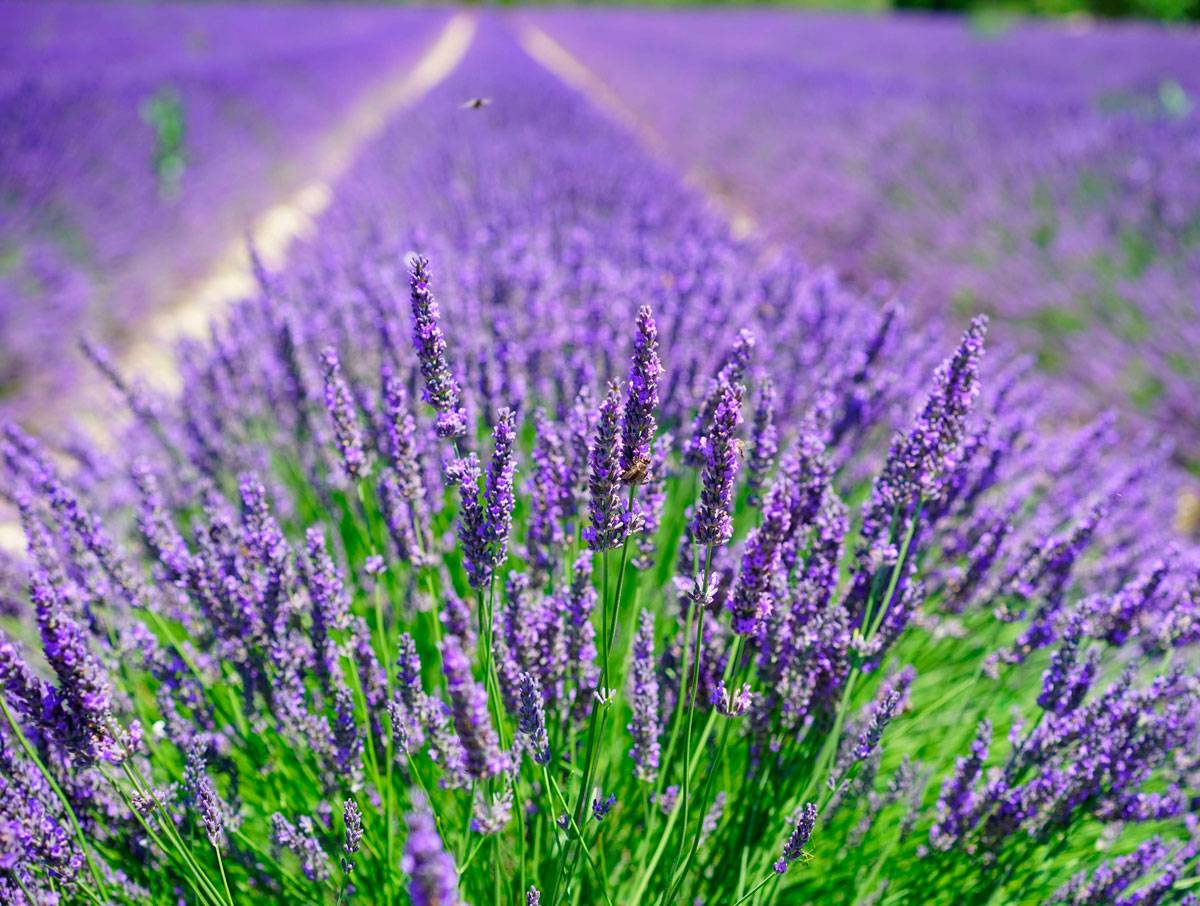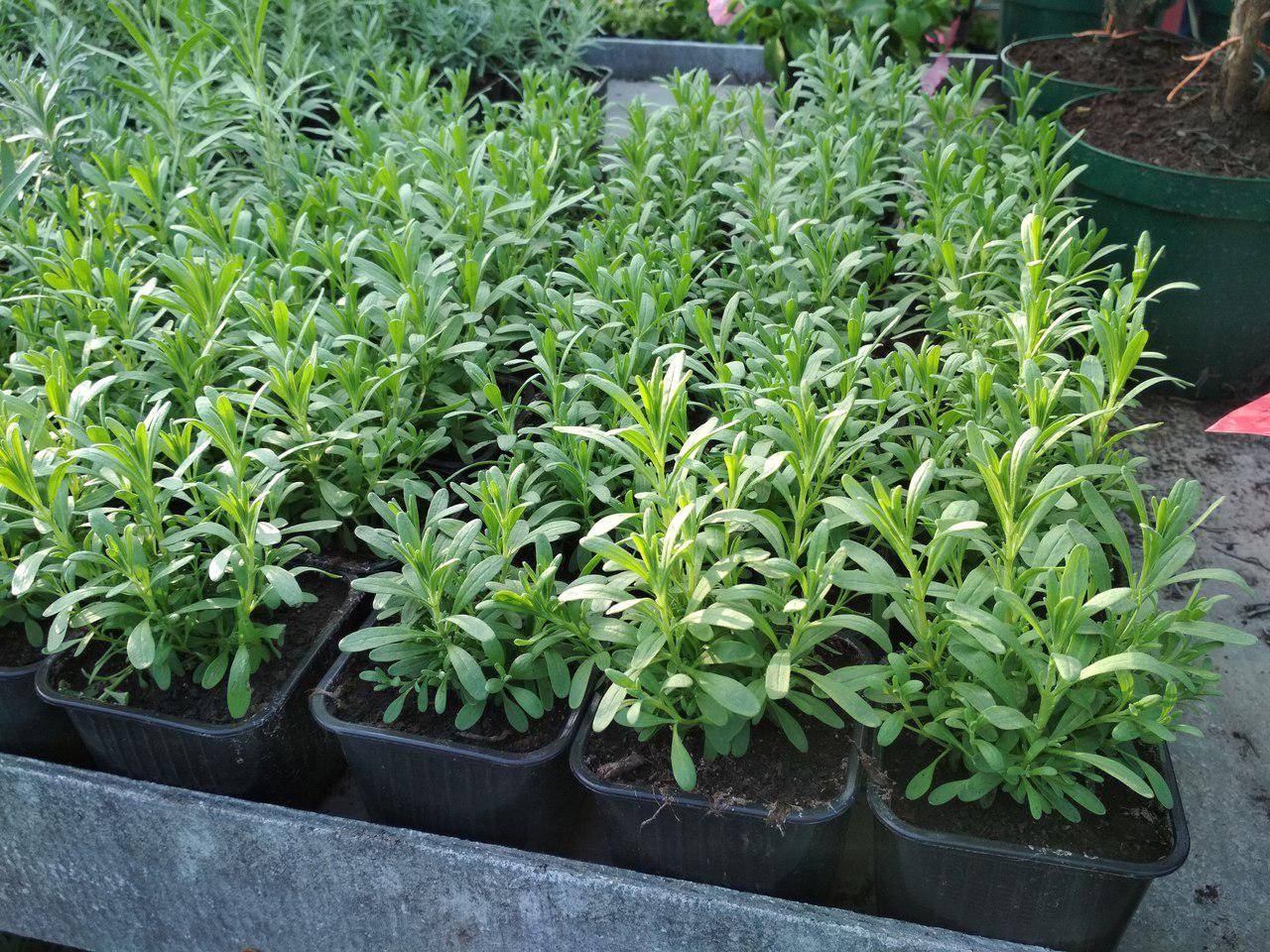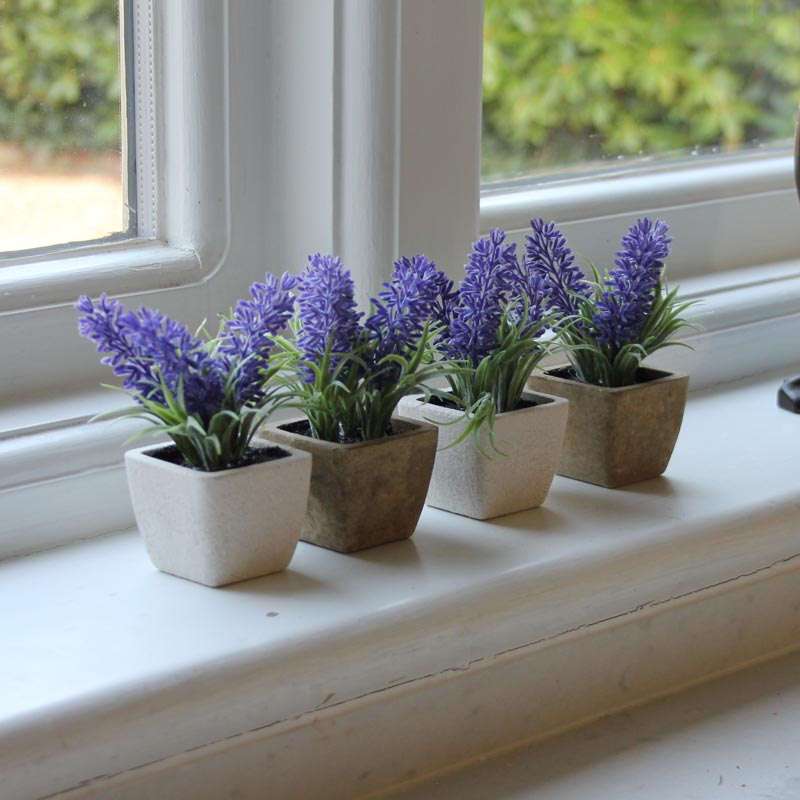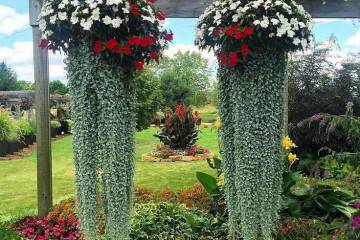Lavender - growing from seeds at home
Content:
Mountain lavender is an amazingly beautiful plant that has bright purple leaves with a silvery tint. Lavender is grown not only as an ornamental plant, but also as a medicinal plant, used as a spice. Although the shrub is considered southern, it can be grown in a region with any climate.
Lavender - growing from seeds at home
Lavandula is a perennial plant that belongs to the Lamiaceae family. In nature, there are about 30 species; in Russia, narrow-leaved lavender is most common. In the northern regions of our country, it requires shelter.
The following varieties are grown at home:
- L. English;
- L. Voznesenskaya;
- Sineglazka;
- Southerner;
- Blue.
Most often, paths are decorated with lavender in the garden, group compositions with raspberry, yellow and red flowers are diluted. The bushes look harmonious with roses and santolina.
Breeding methods for lavender
The fastest way to get lavender is from seeds. However, there are other simple breeding methods.
By cuttings
Allows to preserve all varietal qualities of the parent plant. Both green and last year's cuttings are used. The shrub can be propagated by twigs up to 13 cm long with 2-3 growth nodes. In order for the cutting to take root, it must be soaked in a rooting stimulator. A shoot with a lower growth node is buried in the ground. Duration of root formation is 6 weeks.
Layers
In the spring, the extreme branches are tilted and laid in holes dug out next to the bush, and the middle is sprinkled with earth. Roots will soon appear at this place; it will be possible to cut off the shoot from the main shrub only after a year.
Collecting lavender seeds and selecting them for sowing
Fully blossoming flowers are used to collect lavender seeds. You can take shrubs from your own yard or a purchased bouquet. When the flowers are dry, a material is selected from them and dried.
It is not necessary to immediately plant seeds in seedlings or in the garden. The material remains viable for at least 5 years, for this it is enough to store it dry in tightly closed bags or containers.
When buying seeds in a store, you need to pay attention to the price, it cannot be too low. The package must contain full information about the manufacturer, sowing features, plant characteristics, and a description of the variety.
Pretreatment of lavender seeds
For seeds to sprout, they require preparation - stratification. The procedure is carried out as follows:
- The seeds are mixed with a material capable of retaining moisture: sawdust, sand or peat.
- The mixture is moistened from a spray bottle, poured into a container and covered with a lid, but not tightly closed.
- The container is placed in the cellar or on the lower shelf of the refrigerator for several days.
Second method of seed preparation:
- Place the seeds in disinfected sand (roasted in the oven for 15 minutes).
- Into a container with sand and add cool water until it comes to the surface.
- Add a layer of peat.
- Store containers at room temperature.
- After 4 days, when the seeds are swollen, remove the substrate and allow to dry.
- Place seeds with sand in a container with holes and refrigerate.
- When the top cover of the seeds leaves, the container can be taken out and buried in the snow.
- Get it in the spring before planting.
Third option:
- Spread the seeds in cheesecloth, twist into a roll, each shred should contain no more than 6 units.
- Wet each roll.
- Put cheesecloth in the refrigerator for 3 weeks.
- Check the moisture content of the material every 10 days.
- When time has passed, remove the seeds, dry them and transfer them to a container in layers in the following order: sawdust, peat, seeds, sand.
- Put the container in the refrigerator for 45 days.
Each year, you can carry out stratification by various methods and determine for yourself which is the most convenient and allows the plant to reproduce more efficiently.
Sowing lavender in the ground
Lavender can be sown directly in open ground or in seedling boxes.
What soil does lavender like?
The ideal soil for lavender consists of 2 parts humus, 3 parts garden soil, 1 part sand. The planting mixture should be sifted and fine, without lumps, since lavender seeds are small and may not germinate in a different composition.
Before planting, the soil is calcined in an oven at a temperature of 130 ° C or spilled with a solution of potassium permanganate.
Sowing lavender seeds for seedlings
How to plant lavender seeds at home - step by step instructions:
- Fill the containers with holes with humus and river sand in a 2: 1 ratio.
- Place the seeds on top of the substrate.
- Sand the material with a layer of 3 mm.
- Moisten the substrate with a spray bottle.
- Cover the container with transparent film or glass, put in a bright place.
With a lack of sunlight, a phytolamp is installed.
In open ground, seedlings are planted at the end of May, flowering will come only next year - in summer.
Sowing seeds directly into the ground
It is not necessary to grow seedlings and then transfer them to the garden, the seeds can be planted immediately in a permanent place. This is done in mid-autumn, but the method is suitable only for the southern regions, otherwise the seeds will die in winter.
The landing site is carefully chosen. It should be dry and sunny. To increase the permeability of water and air, the earth is diluted with river sand.
The planting material is buried 4 mm in the ground, sprinkled with earth and compacted. In the absence of precipitation, it is necessary to maintain moisture and water the soil. With the onset of frost, the area is covered with leaves and snow. The first shoots will appear in May-June.
Conditions for seed germination
In order for lavender to sprout on time, and the sprouts to be strong and healthy, it needs to provide access to sunlight and an average air temperature of 15-21 ° C.
Growing lavender
When friendly shoots appear, the greenhouse is completely removed, and the soil moisture continues to be maintained as it was done before. The container with sprouts is transferred to the southern windowsill with bright sunlight. The duration of daylight hours should be 8-10 hours.
Dive seedlings and care for seedlings
How to plant lavender in pots: sprouts can be dived into separate containers when 2 leaves appear on each. Up to 5 plants can be grown in one container. When at least 5 pairs of leaves appear on the plant, the top is pinched. This will make the shrub more lush.
Hardening lavender seedlings
Adaptation of seedlings to new conditions takes about 1 week. Every day, the seedlings are taken out into the open air, gradually increasing the time spent outdoors.
Planting lavender seedlings in pots
If you want to grow lavender in pots in your home, it is important to choose a good container. There should be enough room for the root system. An oblong container will also work. The first pot for seedlings is chosen with a diameter of at least 30 cm and a volume of 2-3 liters - the plant loves space. If the flower is dark, the bloom will be weak and the petals will be pale.
Planting and caring for a lavender shrub begins with watering. Watering of shrubs is carried out in the morning or in the evening, settled water is used. The liquid must penetrate not only into the soil, but also get onto the stems. If the weather is cool, watering can be skipped to avoid flooding. In winter, the plant is rarely watered, no more than 2 times a week.
The container is exposed in a well-lit place. In winter, the duration of daylight hours should be equal to the summer, so the shrub is artificially illuminated. In winter, the indoor air should be cool.
To prevent the batteries from drying out the air, it is recommended to care for the plant using a household humidifier.
In the first month, liquid fertilizers are applied to the soil twice. When the plant has faded, dry stems are removed, the shrub is trimmed. The next year, the plant is transplanted into a larger pot.
Lavender is not a demanding shrub, just choose the right place to grow and monitor the moisture level. Growing from seeds allows you to simultaneously get a large number of specimens and create a miniature of a lavender field in the garden.




















